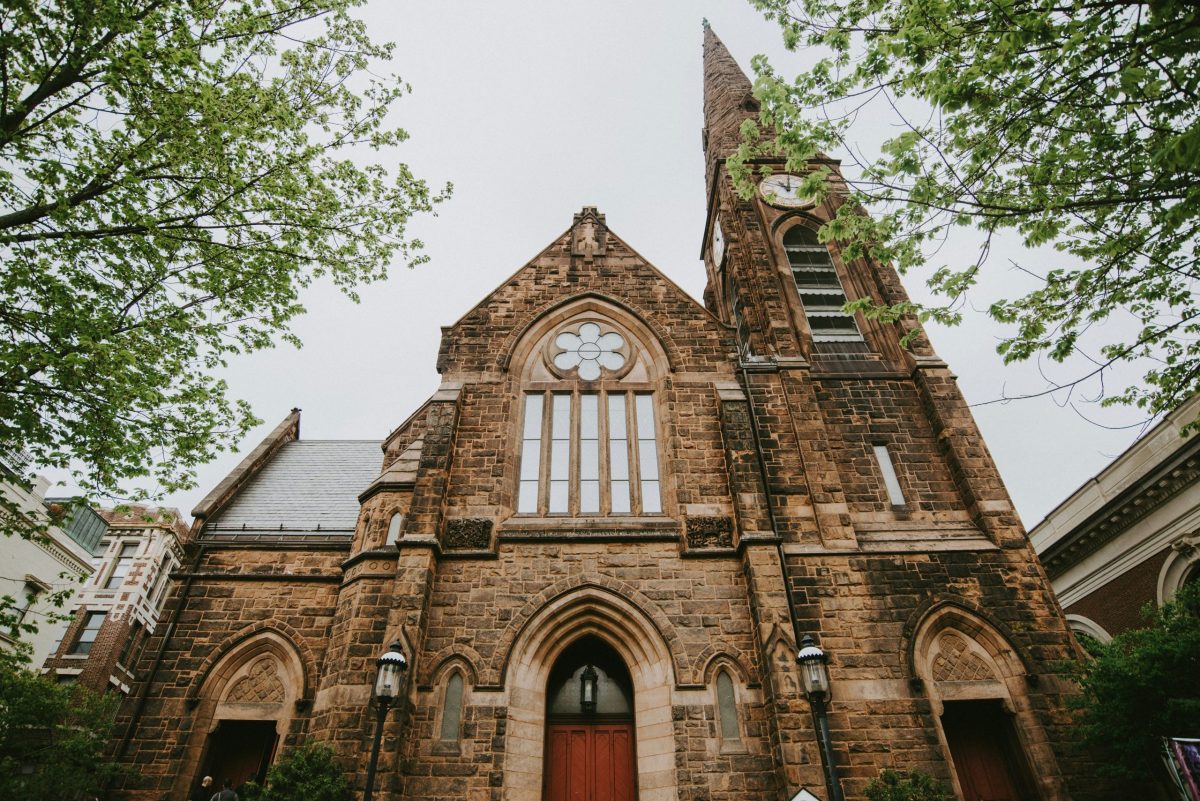Saint Agnes of Rome: The 3rd Century Virgin and Martyr
Saint Agnes of Rome was born around 291, and she died on January 21, 304. She was a virgin martyr. She is one of several virgin martyrs commemorated by name in the Canon of every Mass, and one of many Christians martyred during the reign of the Roman emperor Diocletian. Because of the legend around her martyrdom, Saint Agnes of Rome is the patron saint of those seeking chastity and purity. She is also the patron saint of young girls and Girl Scouts. Folk custom called for them to practise rituals on Saint Agnes’ Eve (20–21 January) with a view to discovering their future husbands. Did you know about this custom?
Saint Agnes of Rome Biography
Saint Agnes was born in 291 into Roman nobility and raised as a Christian. We do not know much about her brief life. We do know, she suffered martyrdom on January 21, 304, at age 12 or 13. Her many high-ranking suitors, slighted by her resolute devotion to religious purity, sought to persecute her for her beliefs. She refused to deny God, despite her father’s urging her to.
An early account of Saint Agnes, stressing her young age, steadfastness, and virginity, was written by the 4th-century theologian, St Ambrose. Since the Middle Ages, she has traditionally been depicted as a young girl with her long hair, with a lamb (the symbol of her virginal innocence and her name), a sword, and a palm branch (an attribute of her martyrdom).
The story of martyrdom is horrid. The Prefect Sempronius condemned her to be dragged naked through the streets to a brothel. In one account, as she prayed, her hair grew and covered her body. It was also said that all of the men who attempted to rape her were immediately struck blind. The son of the prefect was struck dead but revived after she prayed for him, causing her release.
At the start of Agnes’ trial, Sempronius recused himself, and another figure presided. After she was sentenced to death, she was led out and bound to a stake to be burned, but the bundle of wood would not burn, or the flames parted away from her. The officer in charge of the troops drew his sword and beheaded her. It is said that when Agnes’ blood poured onto the stadium floor, other Christians soaked it up with cloths.
Saint Agnes was buried beside the Via Nomentana in Rome. A few days after her death, her foster-sister, Emerentiana, was found praying by the tomb. She was stoned to death after refusing to leave the place. Emerentiana was also later canonized. The daughter of Constantine I, Constantina, was said to have been cured of leprosy after praying at Agnes’ tomb. She and Emerentiana appear in the scenes from the life of Agnes on the 14th-century Royal Gold Cup in the British Museum in London.
Saint Agnes Veneration
Saint Agnes was venerated as a saint at least as early as the time of St Ambrose (or, a very long time), based on an existing homily. She is commemorated in the Depositio Martyrum of Filocalus (354) and in the early Roman Sacramentaries. Saint Agnes’ bones are conserved beneath the high altar in the church of Sant’Agnese fuori le mura in Rome, built over the catacomb that housed her tomb. Her skull is preserved in a separate chapel in the church of Sant’Agnese in Agone in Rome’s Piazza Navona.
Conclusion
Saint Agnes is noteworthy because she is remembered at every Mass, and she has been venerated for almost two thousand years. It goes to show that if you suffer a horrible death for God, you will be venerated in the Catholic church. She also demonstrates that the Catholic church has a very long memory. She died during the Roman Empire.






